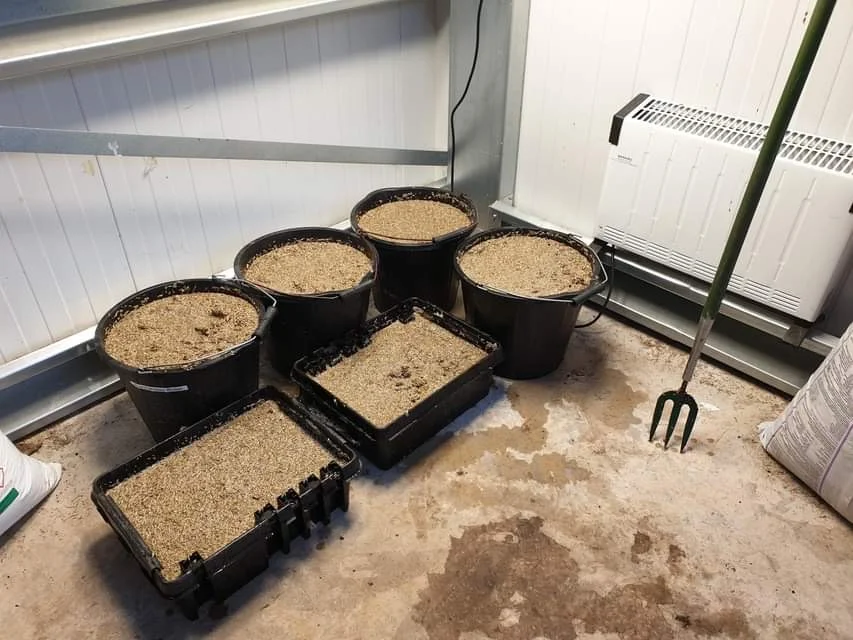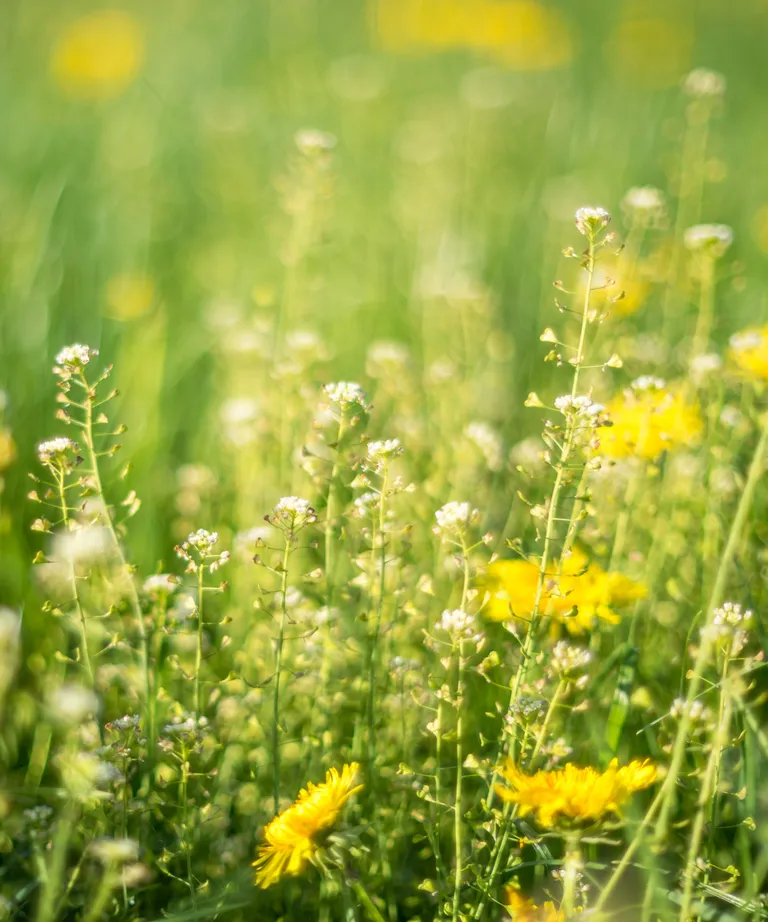How To Seed A Lawn From Scratch
Last Updated on May 3, 2025 by Duncan
When it comes to lawn seeding, there are numerous considerations to bear. Here in this article, we look at how to seed a lawn from scratch, providing relevant information that you can take home.
If you are like most of the population, hot weather is an absolute nightmare that leaves your lawn crying out for attention. Now that you’re reading this article, you’re in the right place.
It’s the best time to assess any trouble spots that your lawn has and work on seeing everything for when spring arrives.
Seeding new grass
When you’re going about sowing lawn seed during the fall, you’re always going to need a lot of time to allow every single grain to ultimately germinate before the temperature drops to a freezing level where you live.
It’s vital also to consider the use of weed controls and think about their application. You need to make room for an adequate waiting period before seeding any lawn and applying products.
Whether you’re repairing a lawn with grass seed or altogether growing a lawn from seed, it is quite easy to be successful. Here we’re going to look at all of the best tips. Ready? Let’s find out more.
Buying the best seed
When you’re thinking about purchasing Homebase lawn seed, do take into account that to get the best results, you’ve got to get the best of the best.
We would highly recommend searching for any brand that has been evaluated by the National Turf Evaluation Program.
The reason for this is that their rating on seeds ensures that you can select a great product using a mobile app that has been bred for numerous desirable characteristics.
You are buying seeds that create plants that have excellent disease resistance, insect tolerance, working well in droughts, and having a superior color of green grass.
Remember also that the price of seeds is small when you’re thinking about the long run time that needs to be invested in creating a fantastic lawn.
Geographic location
It’s essential to see what kinds of grass grow well in your geographical area. Put some research in, and you’ll see the results. In general, grass seeds fall under two different categories, warm and cool-season grasses.
The cool variety does very well in temperate and northern climates. The southern season grass seeds grow best in parts of the words, much like the south of the USA.
If you’re looking to purchase lawn seed to patch up any lawn, try matching with types of lawn already in place. It will look strange if you’ve got more than one variety growing in the same area. Not a pretty sight!
Preparing the soil
Preparation is the name of the game. Let’s look at some different scenarios.
Planting new sections
- Make the top 2 inches of soil loose
- Remove any debris (stones, sticks, etc.) from the vicinity.
- Break up your soil so that there are no large clumps. The soil should not be super fine – small clumps are ok.
- Level any area that can collect excess water.
Existing lawns
- Get all the grass to be mowed as short as it can be
- Make the top quarter-inch of soil loose where there are bare patches
- Remove any dying plant material and debris from the area
- Make sure there are no areas that could collect excess water – keep these parts level
- After applying lawn feed and seed, law down fertilizer
When you do plant your seed, make sure that you lay it evenly with your hands using a lawn seed spreader. You can apply around 15 seeds per inch of ground.
If you pack your seeds too closely together, this will be bad because they will have to compete with each other for nutrients and space. This could result in thin or weak grass.
Covering up seeds is an important process. There should be no more than a quarter-inch of soil that covers up grass seed. Do not forget to protect everything once it’s been laid out.
Some products provide sedding mulch and fertilizer that are great, and we would recommend using these combined products.
They are great because they can enhance all the conditions for the seed to grow, providing adequate nutrition, and helping to keep all seeds moist for long periods.
Last but not least, don’t forget to water often! Knowing when to seed lawn is just as crucial about knowing when to water it. If you can do so, you need to water your lawn once a day. New grass needs regular moisture in the root systems.
Once your lawn is seeded
Now that you’ve planted your lawn, it’s essential to practice proper lawn care. There is no point in putting all the groundwork in if the lawn won’t last a few days. Take note of our tips for proper maintenance and care:
- Mulch your garden down lightly using a straw. Cover up the ground with at least 70% of straw. Light layers of straw help to keep in moisture and prevent any seeds from either blowing away or being eaten by birds.
- It is essential to water your lawn effectively, making sure that the ground is always damp. However, never put too much water into the soil so that water washes away all of the grass seeds.
- Many different types of grasses require different levels of irrigation. As an example, if you look at seeded bermudagrass, this needs to be watered on a light basis around two or three times every day. Make sure that when watering that you always use a hose until seeds start to germinate.
- Whether you’re looking at after cut lawn thickener feed and seed or some other product, always look to every product label and make a note of the guidelines. There are some great products out there, but some can also be highly damaging to your plants.
All your lawn seed tips
We hope that all the tips we’ve provided have been handy to you. Hopefully, you’ll be able to sow and maintain a brilliant lawn for many years to come. All the best!
Have you got any opinions about sowing grass seed on the existing lawn? Tell us in the comments section below.


